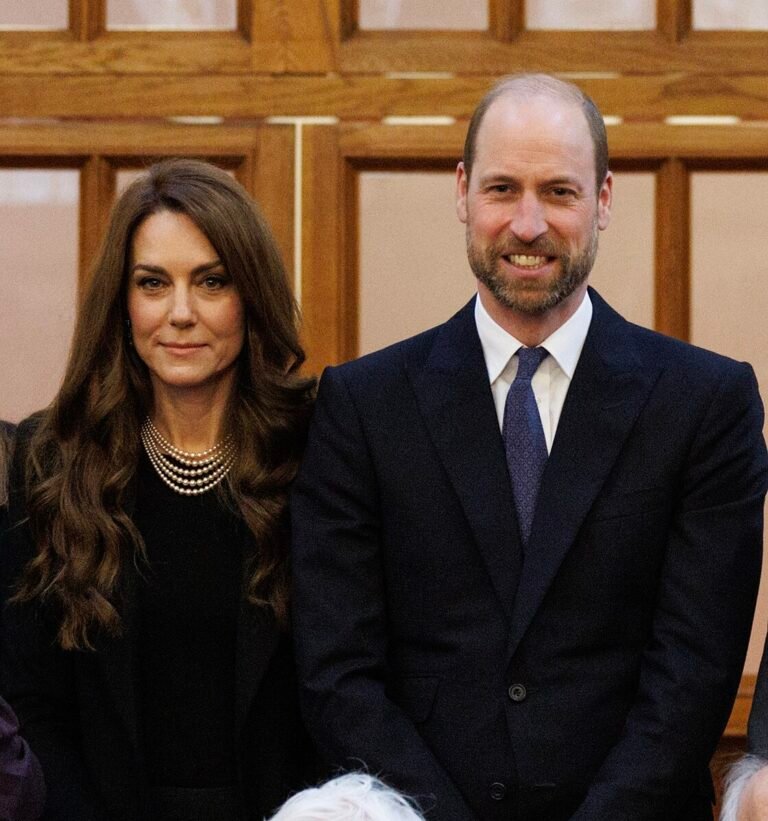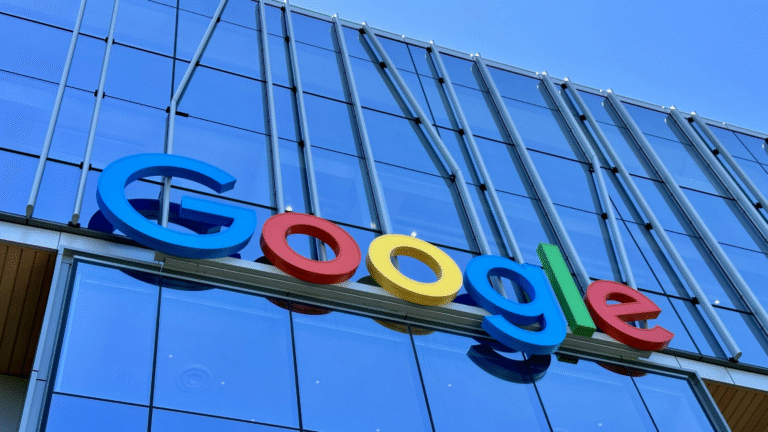Recently, OpenAI’s growing power in the world of artificial intelligence became clearer when CEO Sam Altman officially asked the US government to expand the Chips Act tax credit. His appeal is a sign of a bigger worry in the tech industry: if the country’s infrastructure doesn’t grow quickly enough, it could fall behind in the race to fuel the next generation of AI.
Altman’s push didn’t happen in a vacuum. Chris Lehane, OpenAI’s Chief Global Affairs Officer, issued a long letter to Michael Kratsios, who is in charge of the White House Office of Science and Technology Policy, on October 27. Lehane said that the rules for the Advanced Manufacturing Investment Credit should be changed to include the building of AI servers, huge data centre equipment, and important grid parts. These are the building blocks of modern AI development, but they are not included in the programs that are meant to speed up semiconductor manufacture. That difference is really big for businesses that are laying the groundwork for artificial intelligence.
The Advanced Manufacturing Investment Credit was first meant to boost semiconductor manufacturing in the US by giving corporations a strong reason to develop state-of-the-art chip fabrication operations there. But the concept of what is necessary infrastructure changes as AI gets better. Altman stressed this change when he said, “We believe that re-industrializing the U.S. across the entire stack—fabs, turbines, transformers, steel, and more—will benefit everyone in our industry and other industries (including us).” His message was practical, showing that both engineers and economics agree that the AI revolution can’t happen just in chip factories. It needs power, storage, cooling, networking gear, and an industrial supply chain that can keep up with the record-breaking computational needs.
Altman also made sure to say that the company wasn’t looking for direct financial help or preferential deals. He said that extending the tax credit is “very different from loan guarantees to OpenAI.” This shows how sensitive the public conversation over corporate sponsorship has become. He used the example of OpenAI talking to the U.S. government about federal loan guarantees to show the difference. Those talks were only about getting people to invest in American chip-making facilities, not data centres or OpenAI’s own infrastructure.

It’s important to know the difference because OpenAI is starting to talk about it on a larger basis. Earlier this week, Altman said that the corporation wants to invest about 1.4 trillion dollars over the next eight years to improve its computing power. At first sight, the number seems virtually impossible, but anyone who has seen how quickly AI models are growing and how much people want technologies like ChatGPT may understand the rationale behind it. It takes a lot of processing power to train frontier systems, and that power grows rapidly with each subsequent generation of AI models. OpenAI and other top tech businesses are increasingly showing off long-term goals that look more like national infrastructure plans than regular business roadmaps.
With all of this going on, OpenAI’s proposition sounds less like a plea for corporate gain and more like a call for the country to come together. The US has made it obvious that it wants to stay in charge of artificial intelligence, which is now a part of military strategy, economic policy, and scientific research. But the grid, supply networks, and factories in the United States often feel like they are being pushed to their limits because of this duty. When I saw Altman push for re-industrialization throughout the whole technological stack, I sensed a familiar tension that often comes up with new technology: the mix of faith in new ideas and the understanding that new ideas can’t grow without robust physical systems to support them.
As time goes on, the difference between AI companies’ expanding technical goals and the slower pace of national infrastructure development becomes even more clear. Many analysts have said that power shortages, old grid parts, and a lack of manufacturing capability in the country could slow down the country’s AI-led future. Altman’s comments reflected these warnings in a way that struck a mix between urgency and practicality. His message seemed to say that OpenAI is ready to build, but it can’t do it alone.
In the middle of this important policy conversation, a completely different narrative from the world of film quietly showed another form of leadership. Jennifer Lawrence, who is known for being honest about her feelings both on and off screen, talked about how much she admires filmmaker Lynne Ramsay and her work on the indie film Die, My Love. Her thoughts were a softer contrast to the strong industrial themes that were in the news.
Lawrence talked about Ramsay and claimed that women filmmakers don’t “overdirect.” He remembered times when some male directors felt the need to show control all the time, even when it didn’t make the work better. “There have been occasions when I’ve worked with male filmmakers who feel like they need to be in charge of the movie all the time. And it’s not even helping anything get done. It’s just a pain. When I think of auteur, I think of controlling and… what’s that word? “Neurotic!” Lawrence saw. Her honesty made her seem warm and relatable, especially to anyone who has ever worked for a boss who cared more about how things looked than how they turned out.
Lawrence said that Ramsay made a place where creativity could thrive. Lawrence said that the director didn’t always give orders. Instead, she sometimes stepped back and became what Lawrence called “invisible” until she quietly encouraged the students. Ramsay’s reaction to spontaneous moments—”That’s great, great, yeah, do it again”—showed that she thought that realness often comes out in unplanned bursts. Lawrence liked how Ramsay let her performers find their roles again through natural rhythm instead of strict rules.
Both Altman’s and Lawrence’s experiences raise deeper concerns about what it means to be a leader in times of fast change, which is interesting. Altman’s position underscores the duty of leading an industry that affects everything from national security to competition on a global scale. Lawrence’s experience shows how creators can gain trust without being loud or forceful. One works in the world of trillion-dollar infrastructure, while the other works in small artistic settings. However, both show how different leadership styles can effect long-term results.
As the U.S. decides whether to expand the Chips Act tax credit, the discussion will probably go beyond what businesses want and the terms of the law. It will make people think more about national priorities, energy demands, technical independence, and how much public money should be spent in a field where new ideas come forth quicker than rules. Some people may be worried about the amount of government help that has been suggested, while others may say that not acting quickly could put the country behind its worldwide competitors.












